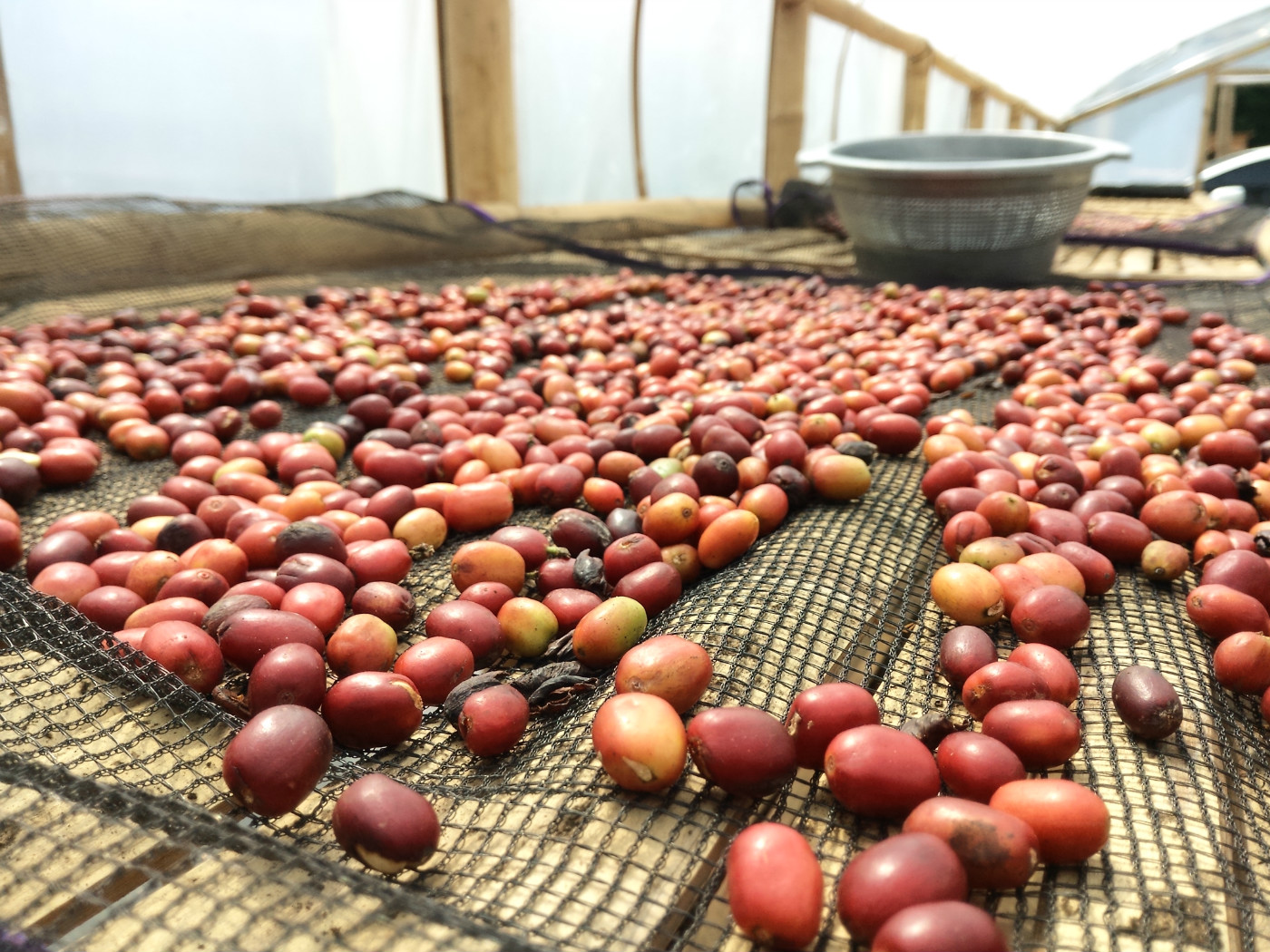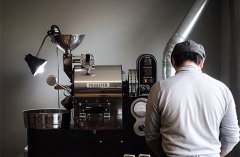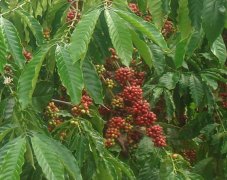Varieties of Indonesian coffee beans and wet planing method

When we talk about Indonesian coffee, the flavor words that come to mind are nothing but herbs, spices, soil, caramel, and mellowness. When we encounter high-quality Indonesian coffee, we will add the flavor description of "clean". This strong regional flavor attribute conquers the international market, which can be said to make Indonesian coffee unique in the international market, and Mantenin has almost become synonymous with Indonesian coffee.
Klasik Beans Co-operative and Manning Coffee is named after the Mandheling ethnic group living in North Sumatra, and there is no producing area or variety of coffee called Mantenin. This beautiful misunderstanding was caused by the first batch of businessmen who came to Sumatra to buy coffee because they misunderstood the local language, so it is still in use today.
There is no specific variety of Mantenin coffee we drink, because there is no such variety at all, but Mantenin has a great reputation and has gradually become synonymous with the regional characteristics of Indonesian coffee. For exporters, you can get a good price by simply labeling mixed coffee as Manning. Why not?
Previously, the Mantenin variety from North Sumatra was supposed to be Atung, but now it is difficult to say exactly what it is. Because the varieties cultivated in North Sumatra are: Yemeni or Ethiopian original Typica (Jember Typica) introduced through India; Tim-Tim; hybridized between Arabica and Robusta from Ethiopia; USDA; of inexplicable lineage from India; Ateng with Catimor lineage, and so on. The flavor brought by all these varieties is not as decisive as that brought by the traditional Indonesian method of wet ploughing. Coffee treated by wet planing has the flavor properties of Indonesian Mantenin coffee, so no matter what kind of coffee produced in Sumatra, it tastes with herbs, spices, soil, caramel and mellow flavor after wet planing. But the slightest carelessness in the handling process can ruin a batch of coffee.
Sunda Hejo processing plant a total of 29 beans, of which only two coffee is the traditional wet planing method, a large part of the treatment of these 29 beans is Costa Rican processing technology. For varieties planted in cooperatives, all kinds of advanced treatment methods are adopted: finer control of each link of whole water washing, comparative experiment of dry fermentation and wet fermentation, strict control of fermentation time, drying time in drying shed and honey treatment.
Although Typica Gulali has been introduced and planted for only 3-5 years and has not yet been officially mass-produced, after testing the three treatments of this coffee (full wash,semi wash,honey process), we get a surprisingly consistent flavor: ginger, jasmine, honey and toffee. These flavors are the flavor properties of Rosa coffee a few years ago, and this local original Typica is indeed genetically linked to Rosa, which itself was introduced from Ethiopia.
Test the other coffee in the cup is Yellow Caturra, the colder this coffee is, the more pleasant it will be. At the beginning of the first impression is milk, a strong sense of sweetness, with lemon, citrus sour, temperature drop, strong tea plum and flower aroma. It's a complete combination of Kenyan coffee and Ethiopian coffee.
The charm of Indonesian coffee lies in its diversity of varieties and processing methods. In addition to marking Mandheling or Mandheling Grade 1, more growers and exporters will be willing to mark "Tim-Tim", "Ateng", "Typica" and so on on the variety column. More people are willing to explore more treatment methods besides the wet planing method "wet hull". This is Indonesian coffee today.
Important Notice :
前街咖啡 FrontStreet Coffee has moved to new addredd:
FrontStreet Coffee Address: 315,Donghua East Road,GuangZhou
Tel:020 38364473
- Prev

The professionalism of professional coffee roasters
With the popularity of the third wave of boutique coffee, freshly roasted boutique coffee is popular with enthusiasts. Some people like level and balance when tasting coffee, while others think that it is difficult to change the taste habits formed in different regions because it is not bitter. Only the roaster needs to redouble the flavor brought by shallow, medium and deep roasting and the difference in taste that can be brewed by various utensils. For example:
- Next

The price of coffee beans how is the price of coffee beans so expensive?
It is often asked how the price of a certain type of coffee beans is so expensive. In fact, the price of coffee beans still involves many factors. Factors that affect the price of coffee beans include climate, yield, crop diseases and stocks. Coffee bean futures have always been one of the most speculative commodities in the world. The price of coffee beans can also be judged simply by their appearance, delicious coffee, from its
Related
- Detailed explanation of Jadeite planting Land in Panamanian Jadeite Manor introduction to the grading system of Jadeite competitive bidding, Red bid, Green bid and Rose Summer
- Story of Coffee planting in Brenka region of Costa Rica Stonehenge Manor anaerobic heavy honey treatment of flavor mouth
- What's on the barrel of Blue Mountain Coffee beans?
- Can American coffee also pull flowers? How to use hot American style to pull out a good-looking pattern?
- Can you make a cold extract with coffee beans? What is the right proportion for cold-extracted coffee formula?
- Indonesian PWN Gold Mandrine Coffee Origin Features Flavor How to Chong? Mandolin coffee is American.
- A brief introduction to the flavor characteristics of Brazilian yellow bourbon coffee beans
- What is the effect of different water quality on the flavor of cold-extracted coffee? What kind of water is best for brewing coffee?
- Why do you think of Rose Summer whenever you mention Panamanian coffee?
- Introduction to the characteristics of authentic blue mountain coffee bean producing areas? What is the CIB Coffee Authority in Jamaica?

